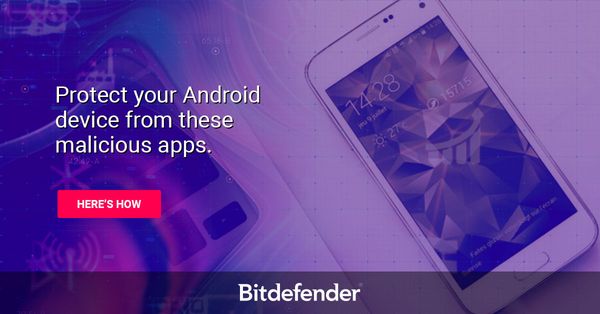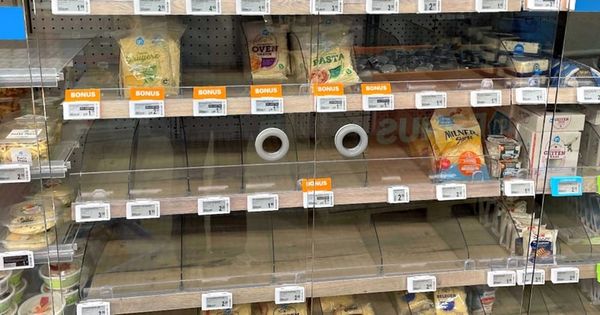Stealing a Tesla by Relay Attack Is an Impressive, But Entirely Preventable Feat

A keyless car is convenient and, up to a point, more secure. Protecting it against car thieves, though, depends on the precautions you take to foil relay attacks, which remain very popular in Europe.
Earlier this month, a video of a theft in progress in London reached near-viral status, showing thieves as making off with a Tesla Model S in less than 30 seconds right off the home owner’s driveway. A smart doorbell recorded the feat.
The owner had borrowed the Model S because his was in the shop. He told the media he was astounded that the car thieves could act so quickly. In under half a minute, the perpetrators unlocked the vehicle and drove it off. They used a relay device that captured the signal from the keyfob inside the house and amplified it to reach the car, which unlocked and allowed the engine to start.
Relay attacks have been demonstrated since 2011 and a device can be built for as little as $11. The range has improved — some of the cheapest ones cover as much as 50 meters.
Owning a signal relay device is not a crime, so it’s up to the owners to foil car theft. Tesla is one of the hardest cars to steal because of its tracking system, which is on at all times. So far, 112 of the 115 Teslas stolen in the US have been recovered. They still make attractive targets, though, and their vulnerability to relay attacks contributes to it.
There are efficient ways to make your Tesla thief-proof: in a 2018 series of over-the-air updates, the carmaker introduced a “PIN to drive” setting, which allows you to introduce a 4-digit code into the car’s computer that bars anyone from unlocking or starting it otherwise. Whenever you park, just enable the “PIN to drive” function on the keyfob.
A method that works for every keyless car is to keep the keyfob wrapped in aluminum to make it more difficult, or impossible to catch its signal with a relay device. Options here include using empty soda cans or even kitchen aluminum foil, and the more fancy Faraday pouches that you can buy online. Some people even use their fridges to store the keyfobs.
Image credit: Wikipedia
tags
Author
Right now Top posts
Start Cyber Resilience and Don’t Be an April Fool This Spring and Beyond
April 01, 2024
Spam trends of the week: Cybercrooks phish for QuickBooks, American Express and banking accounts
November 28, 2023
FOLLOW US ON SOCIAL MEDIA
You might also like
Bookmarks







